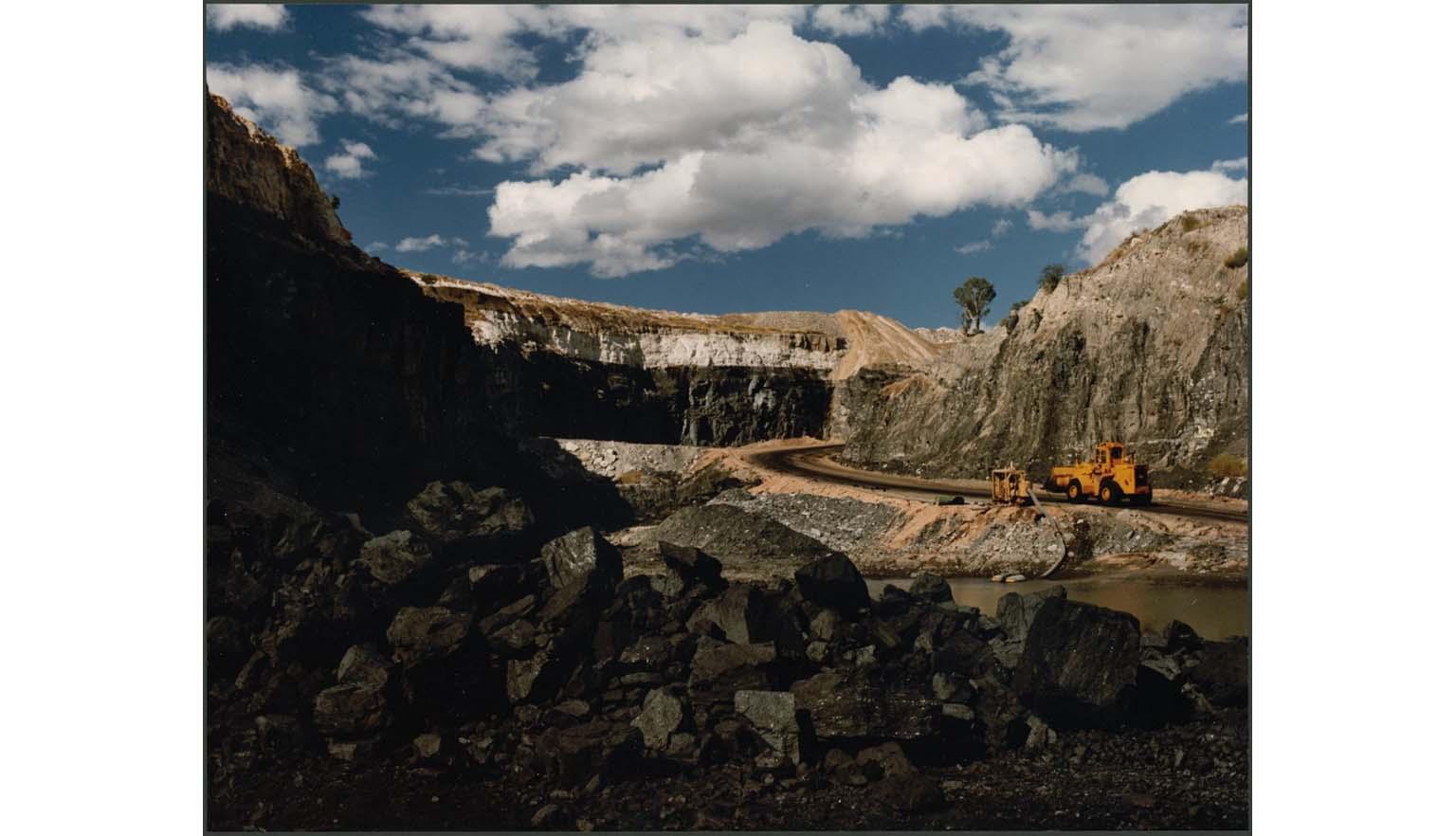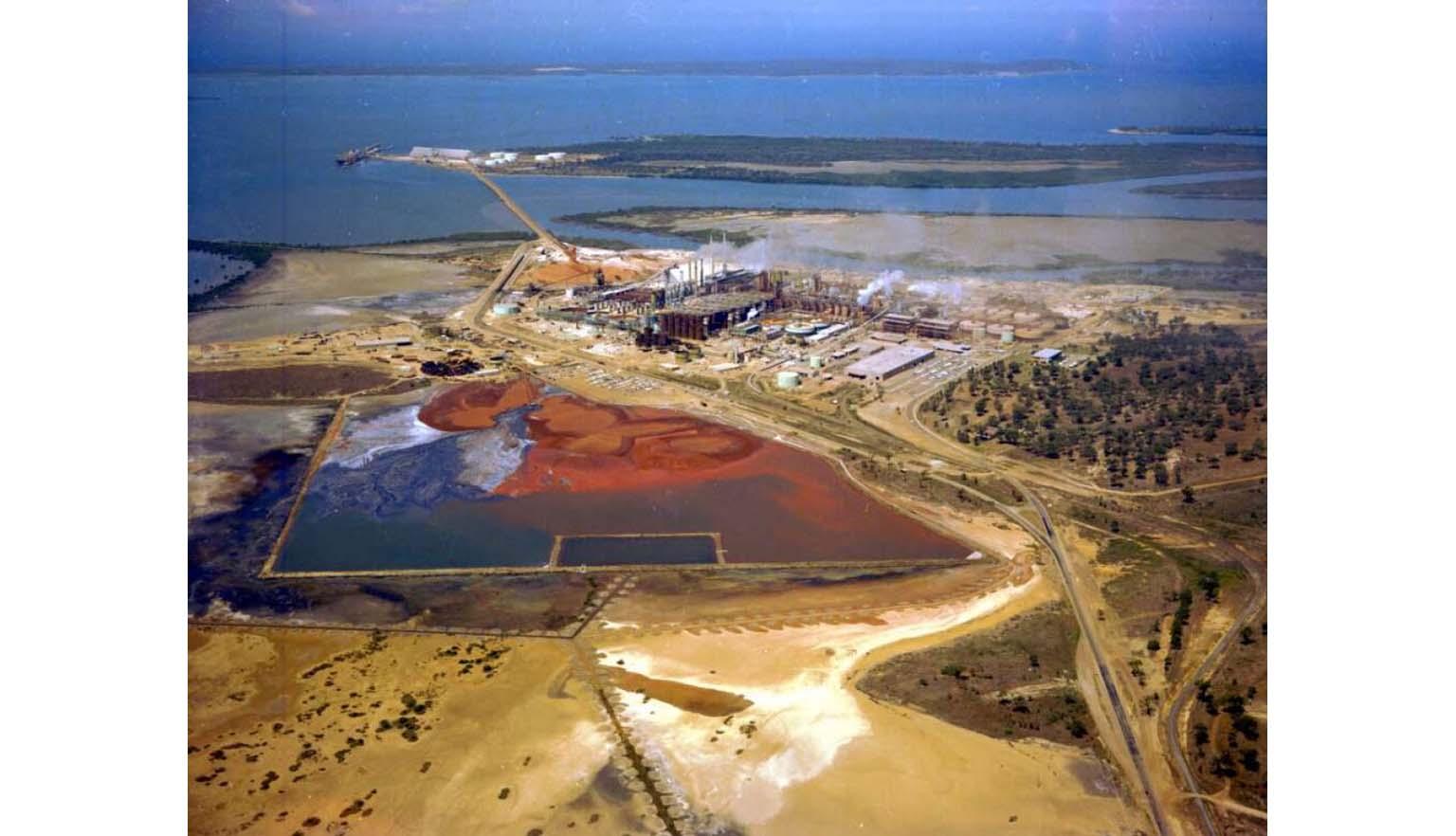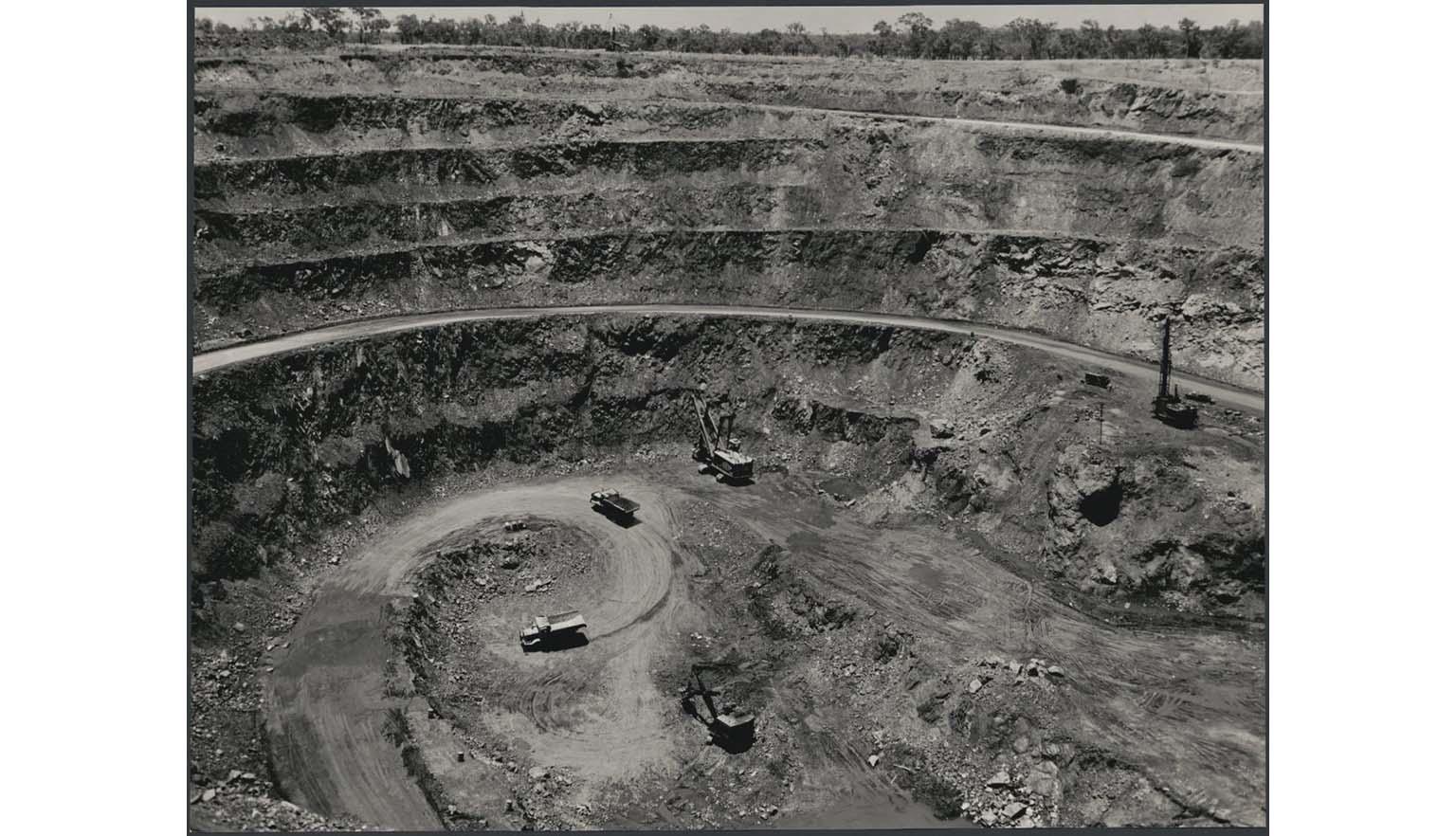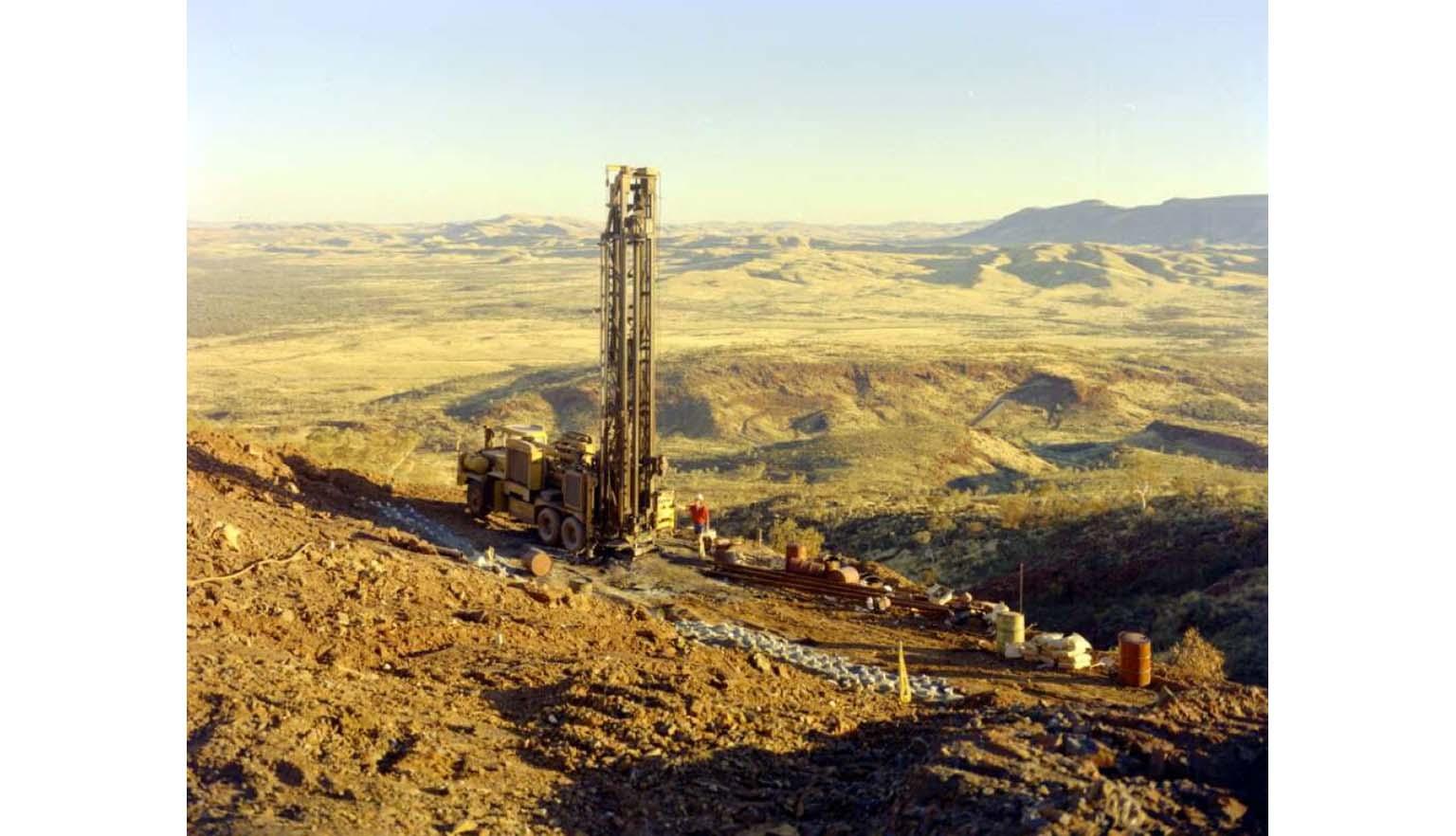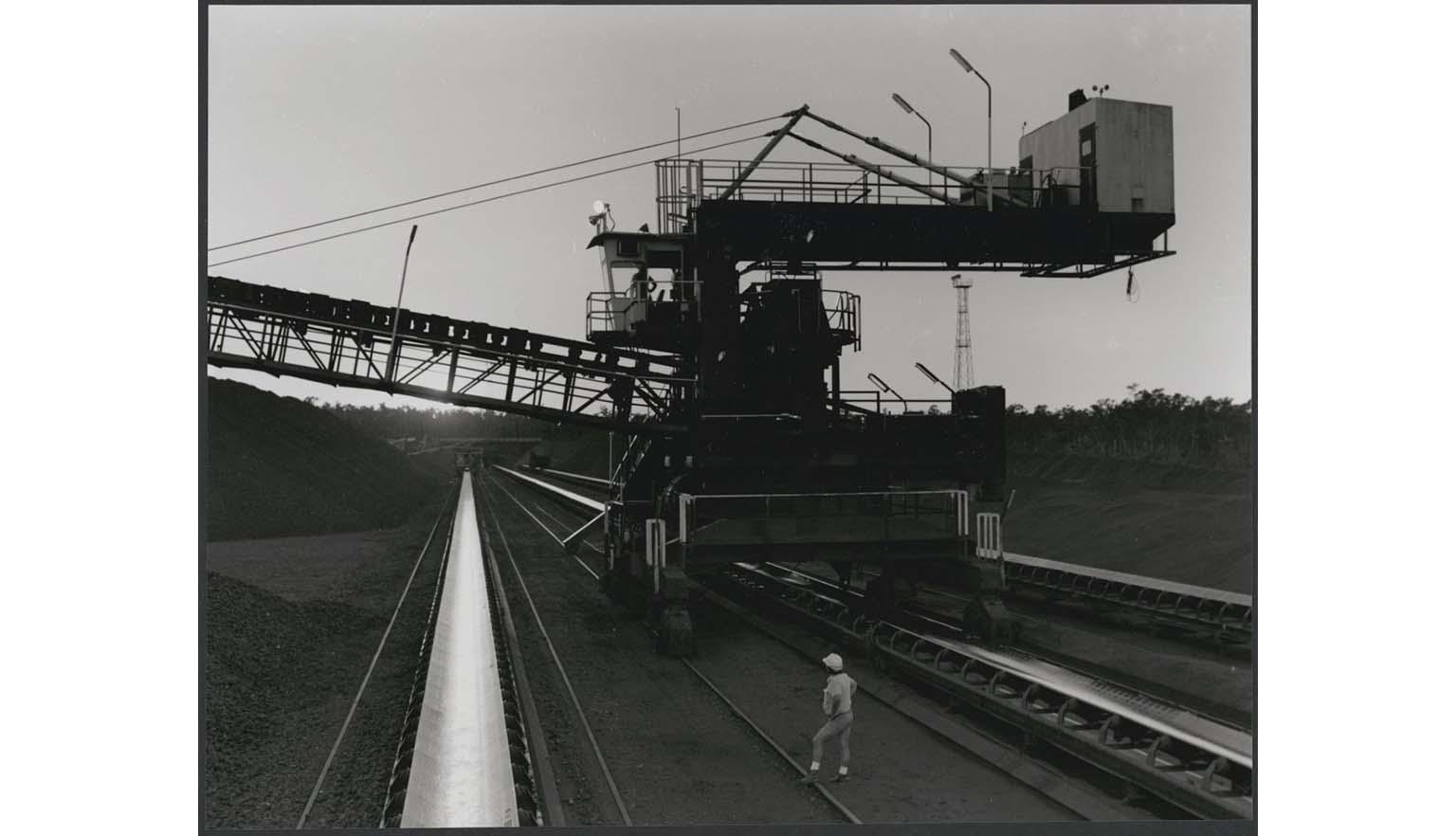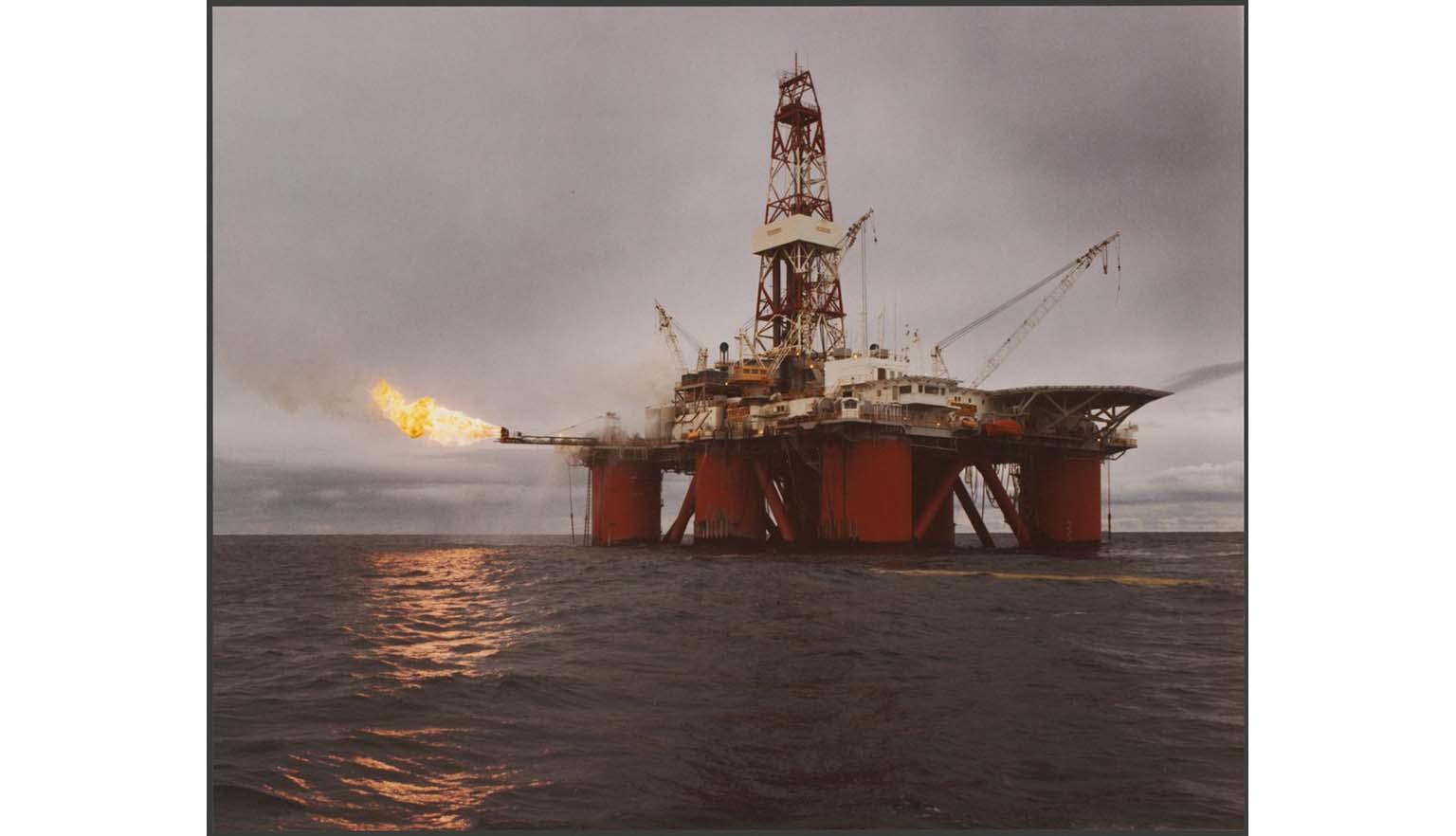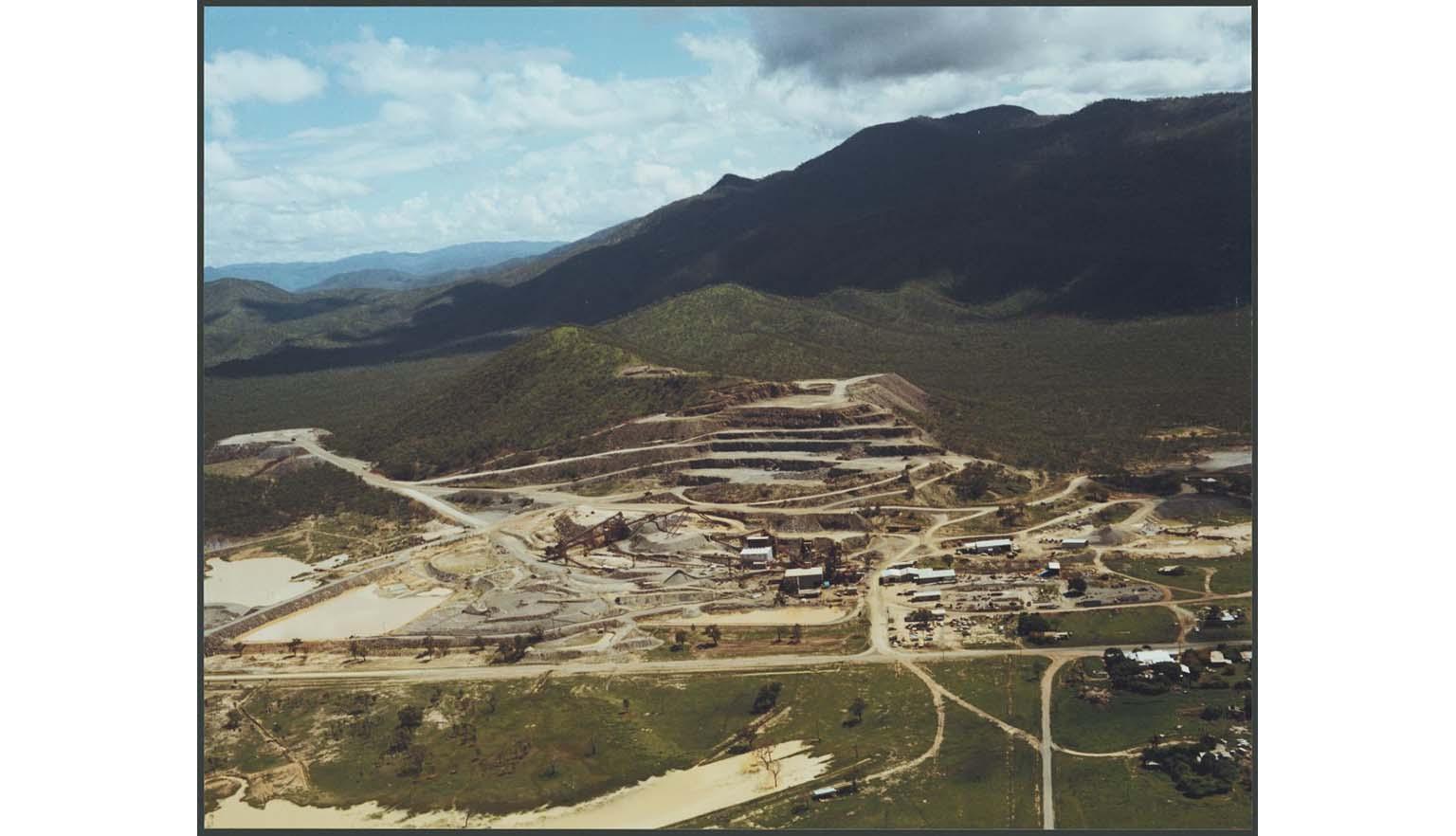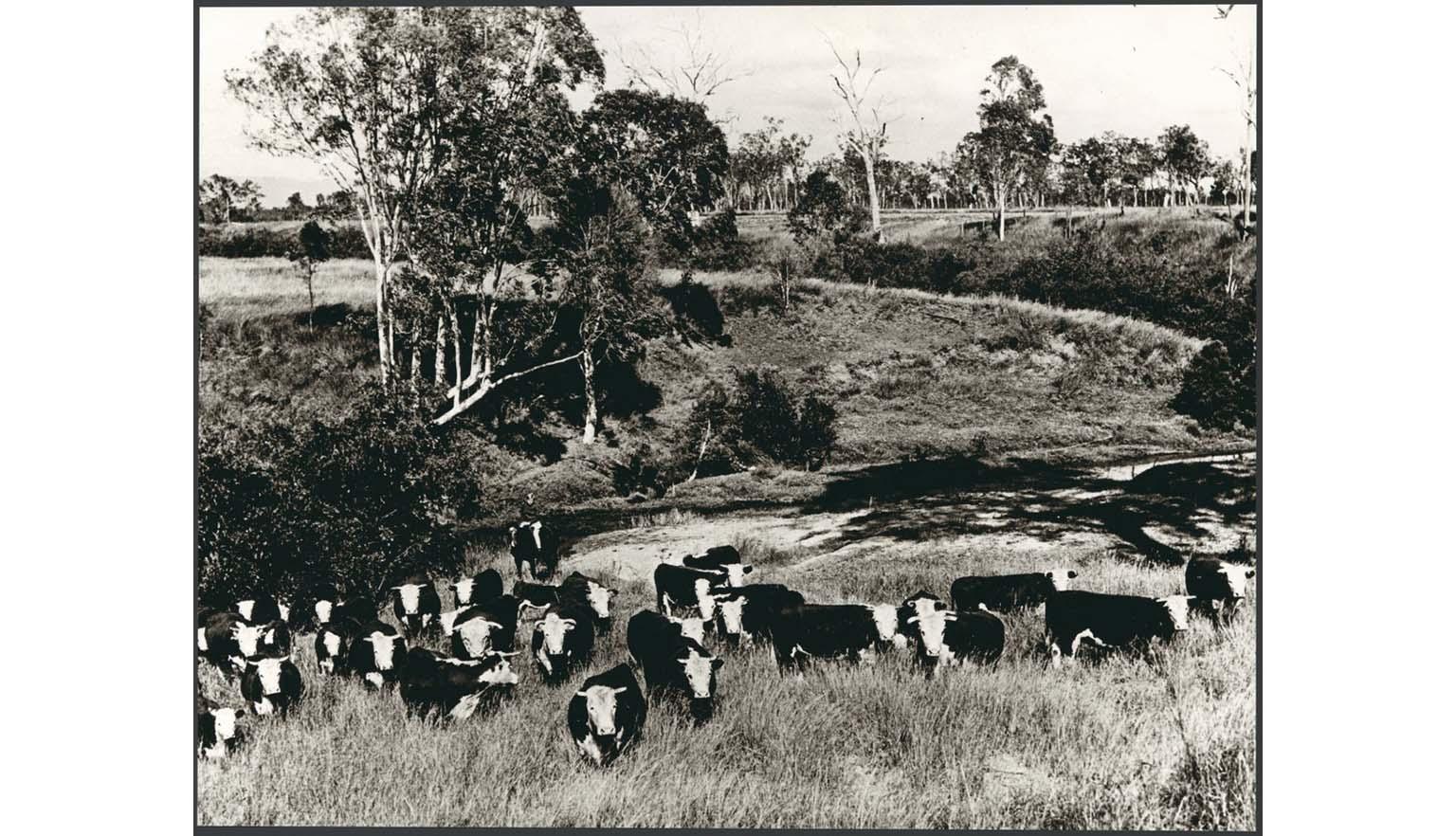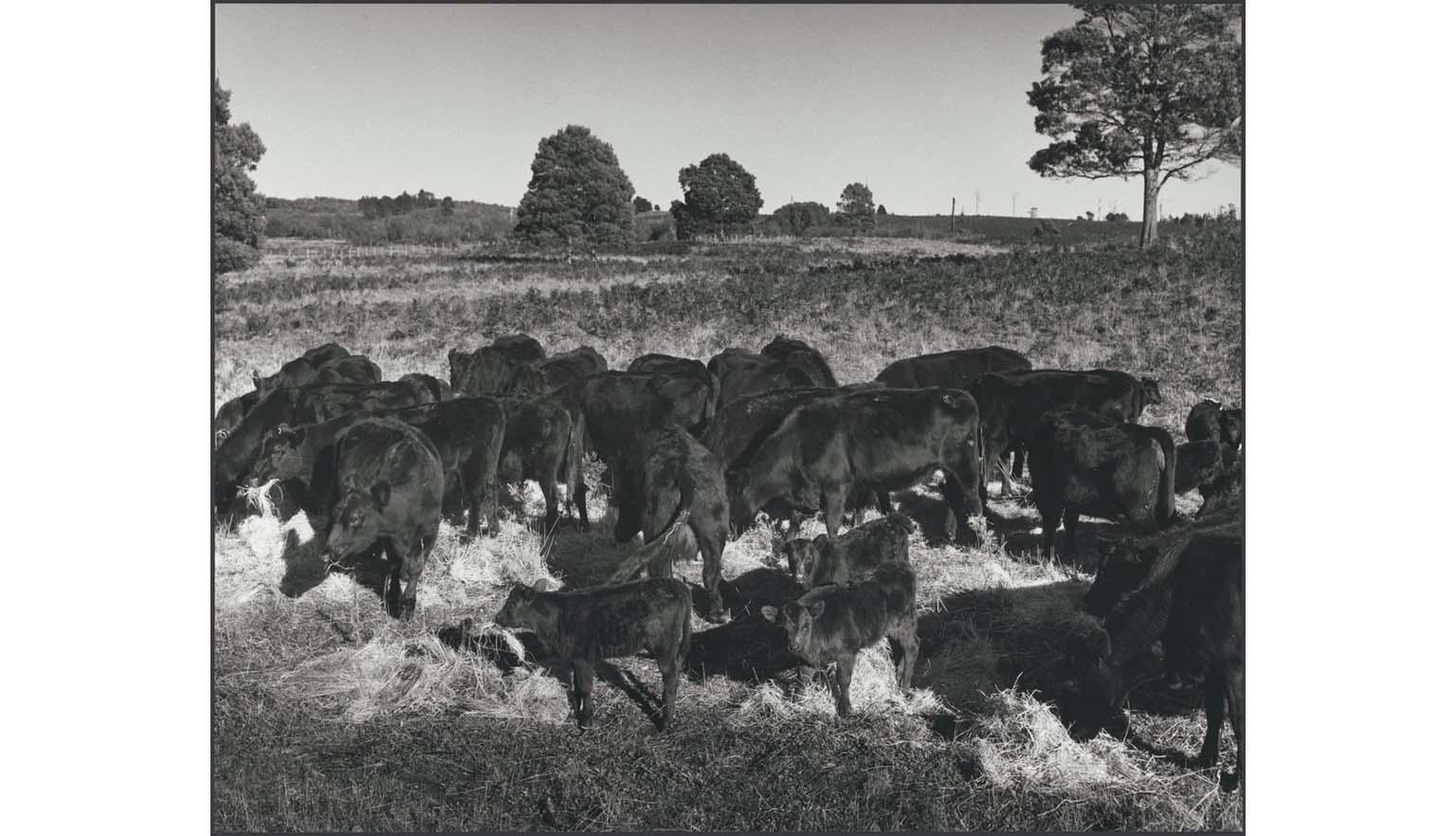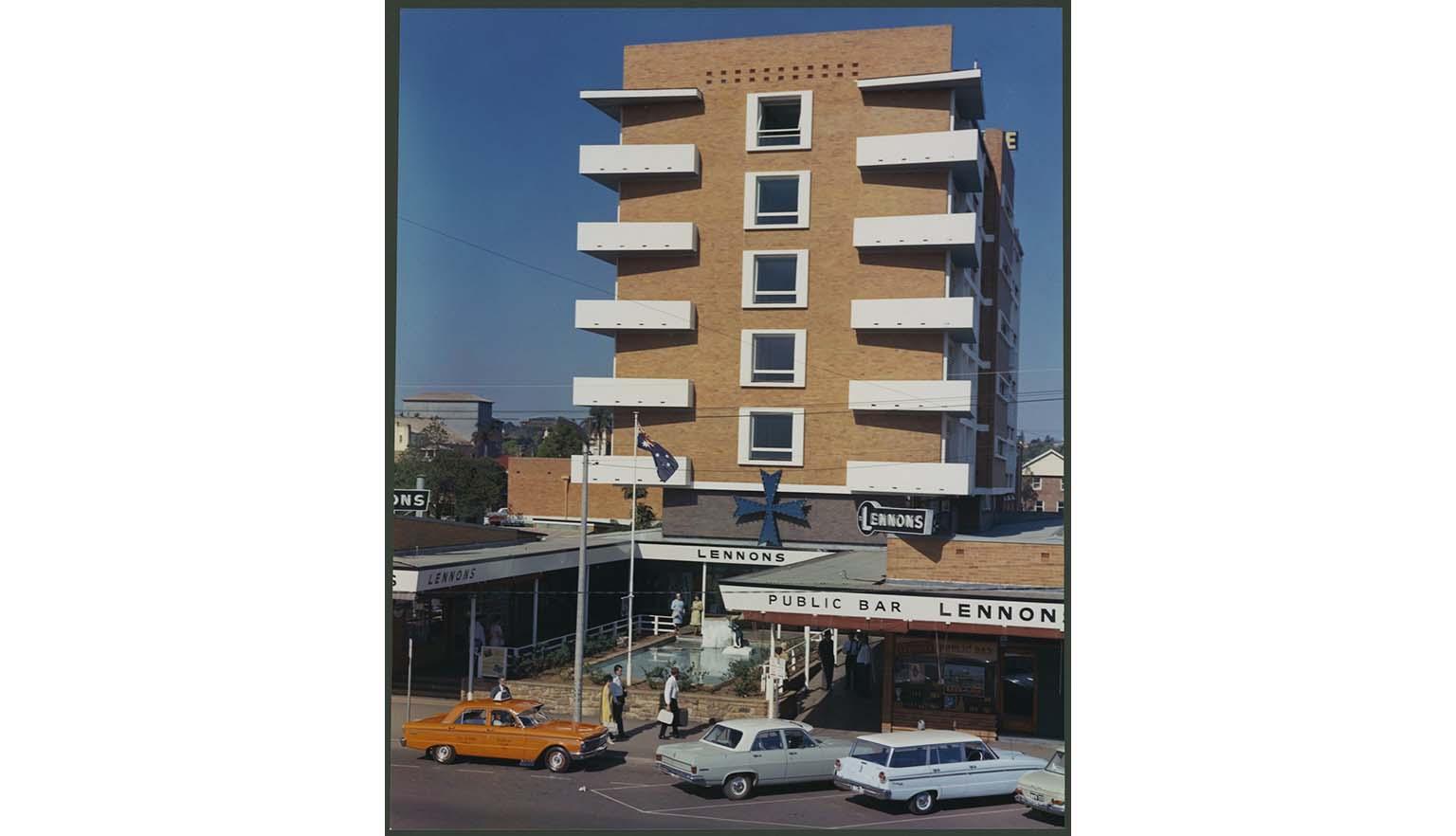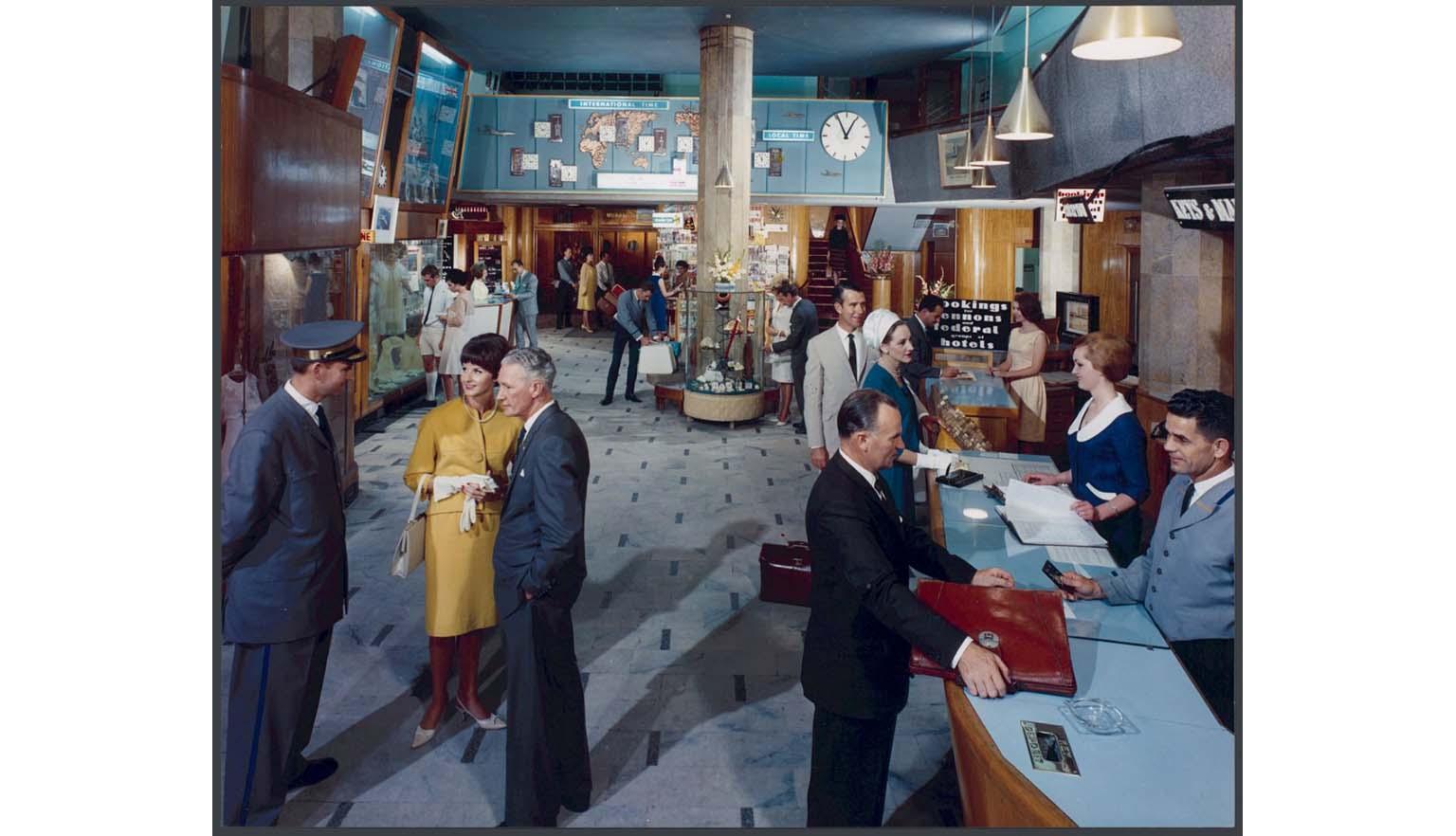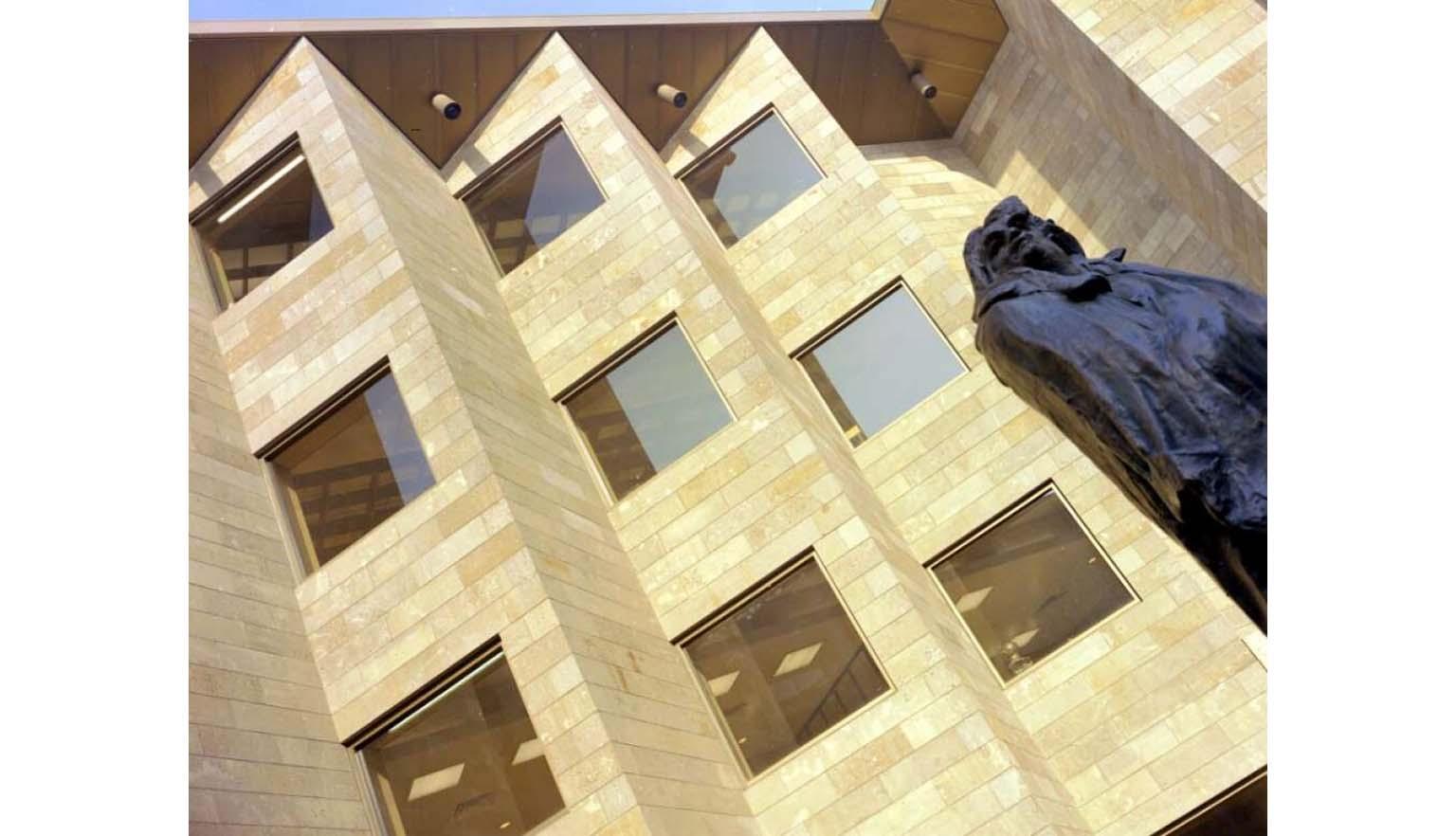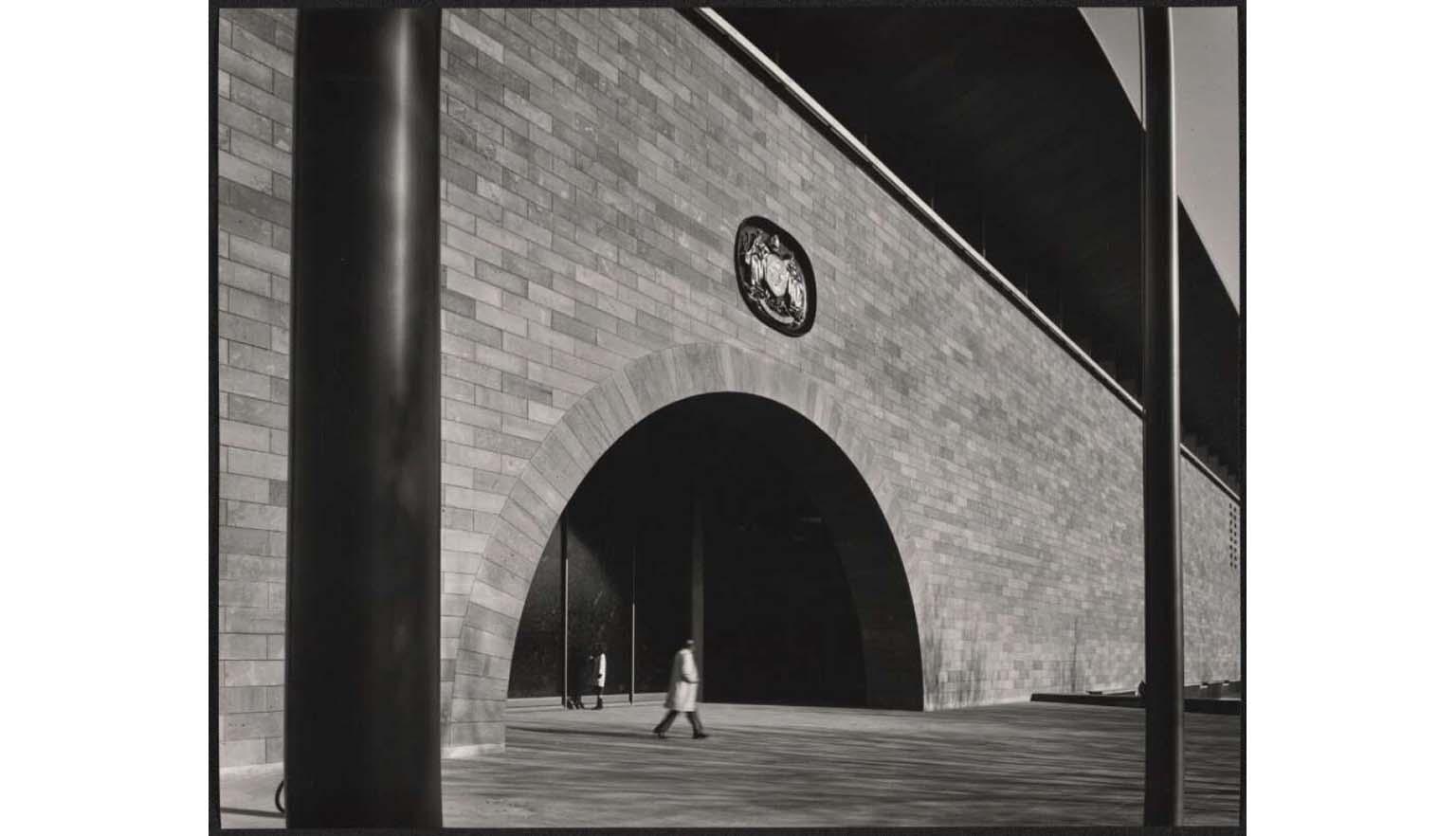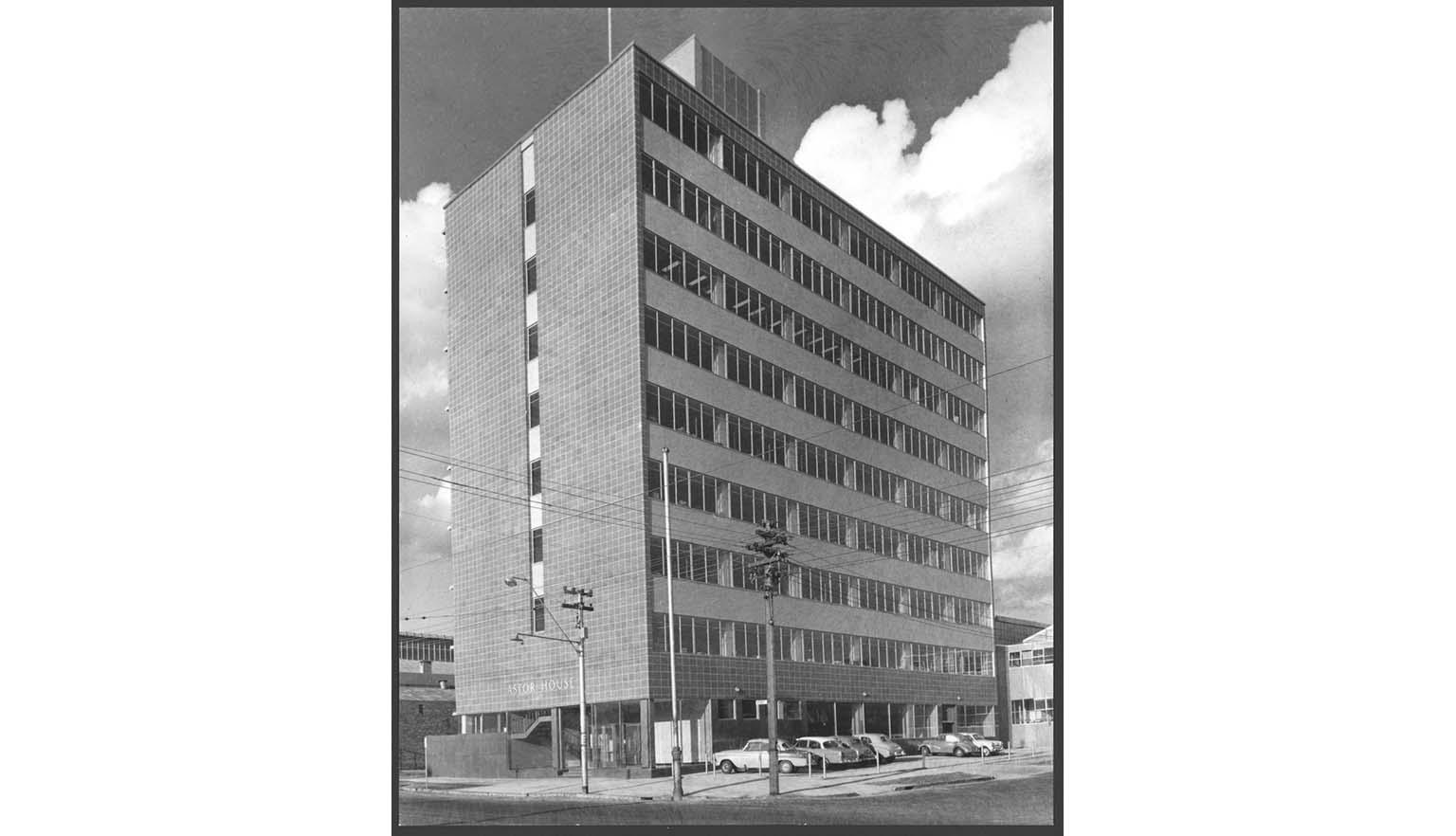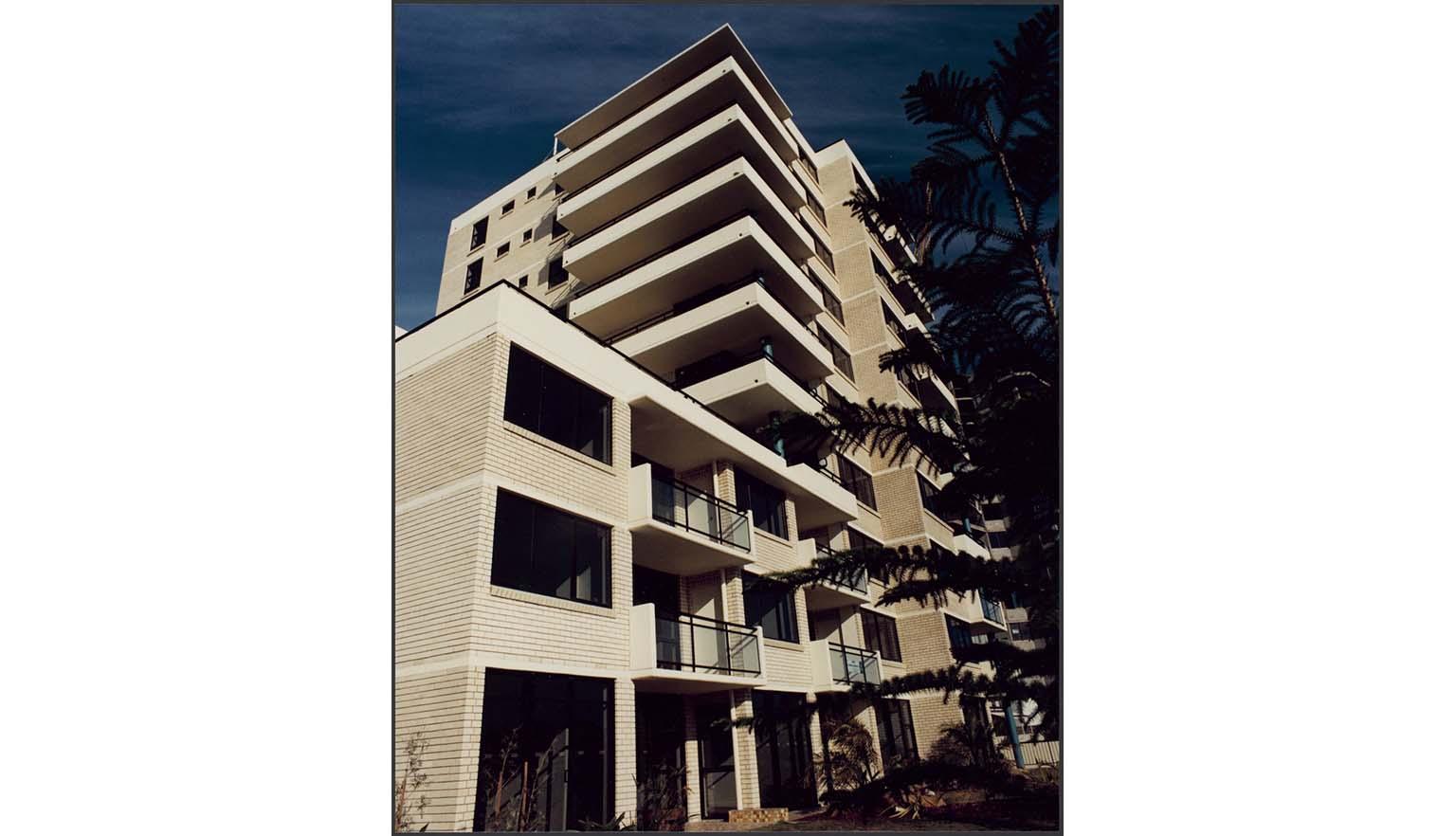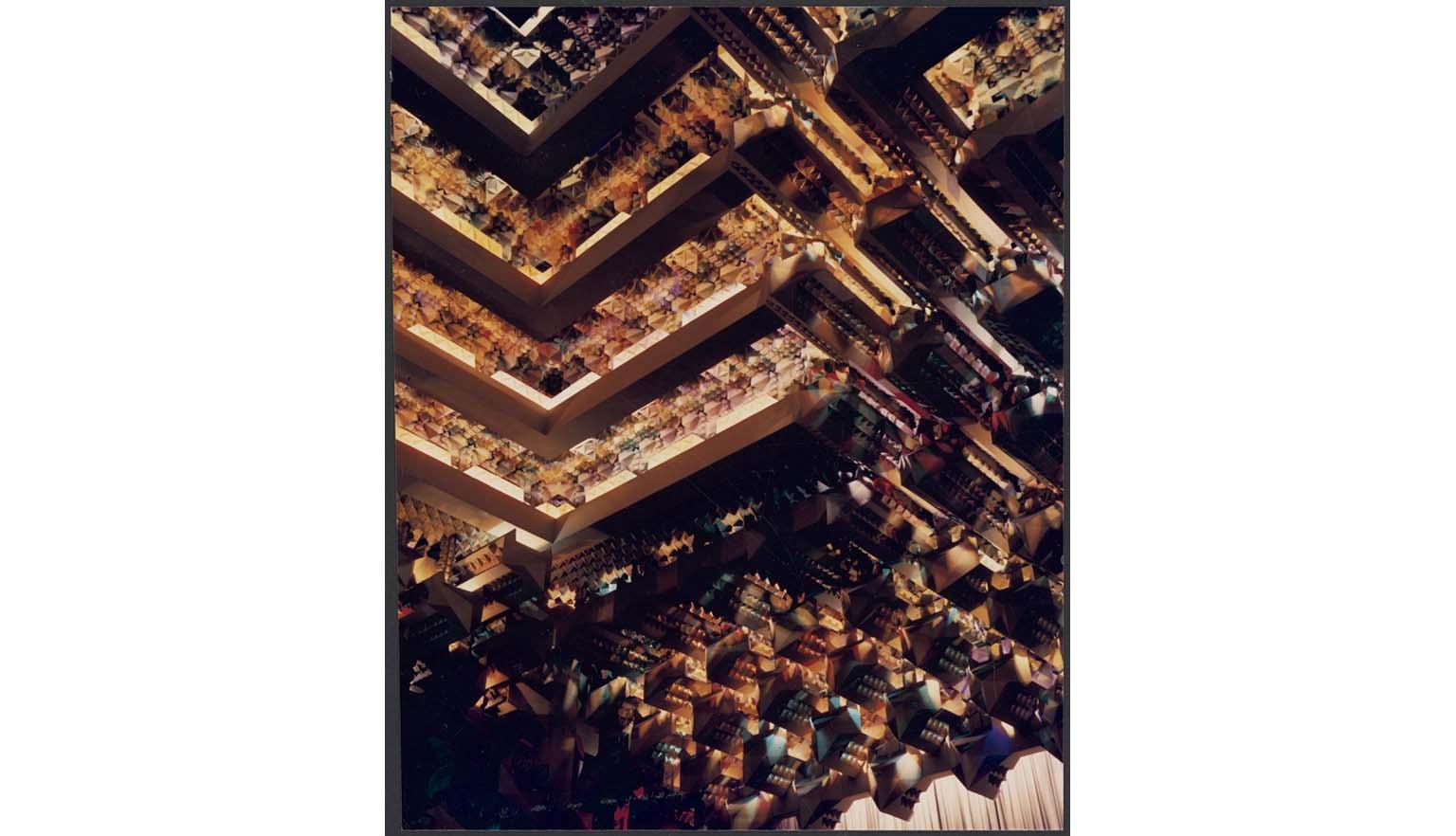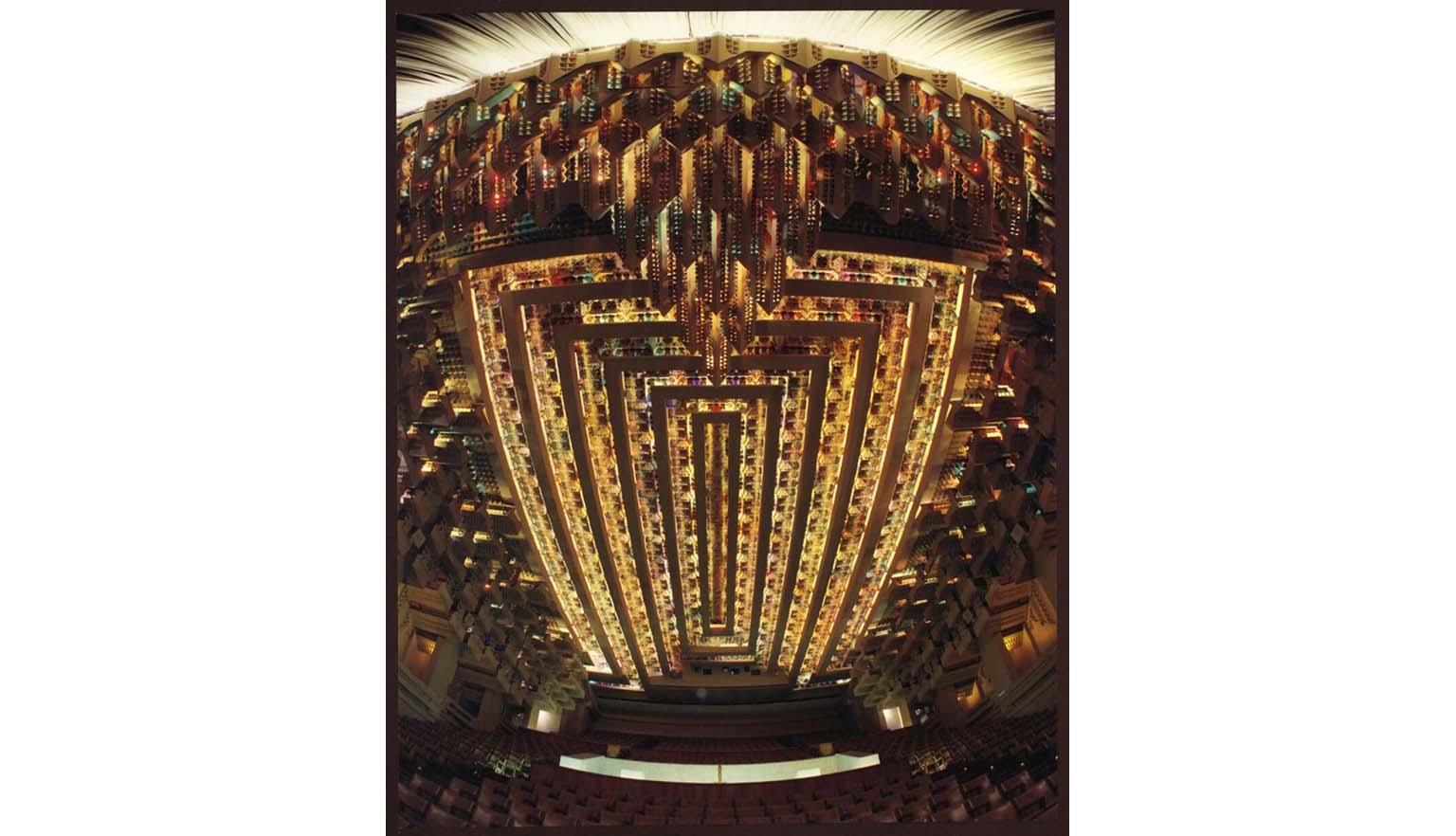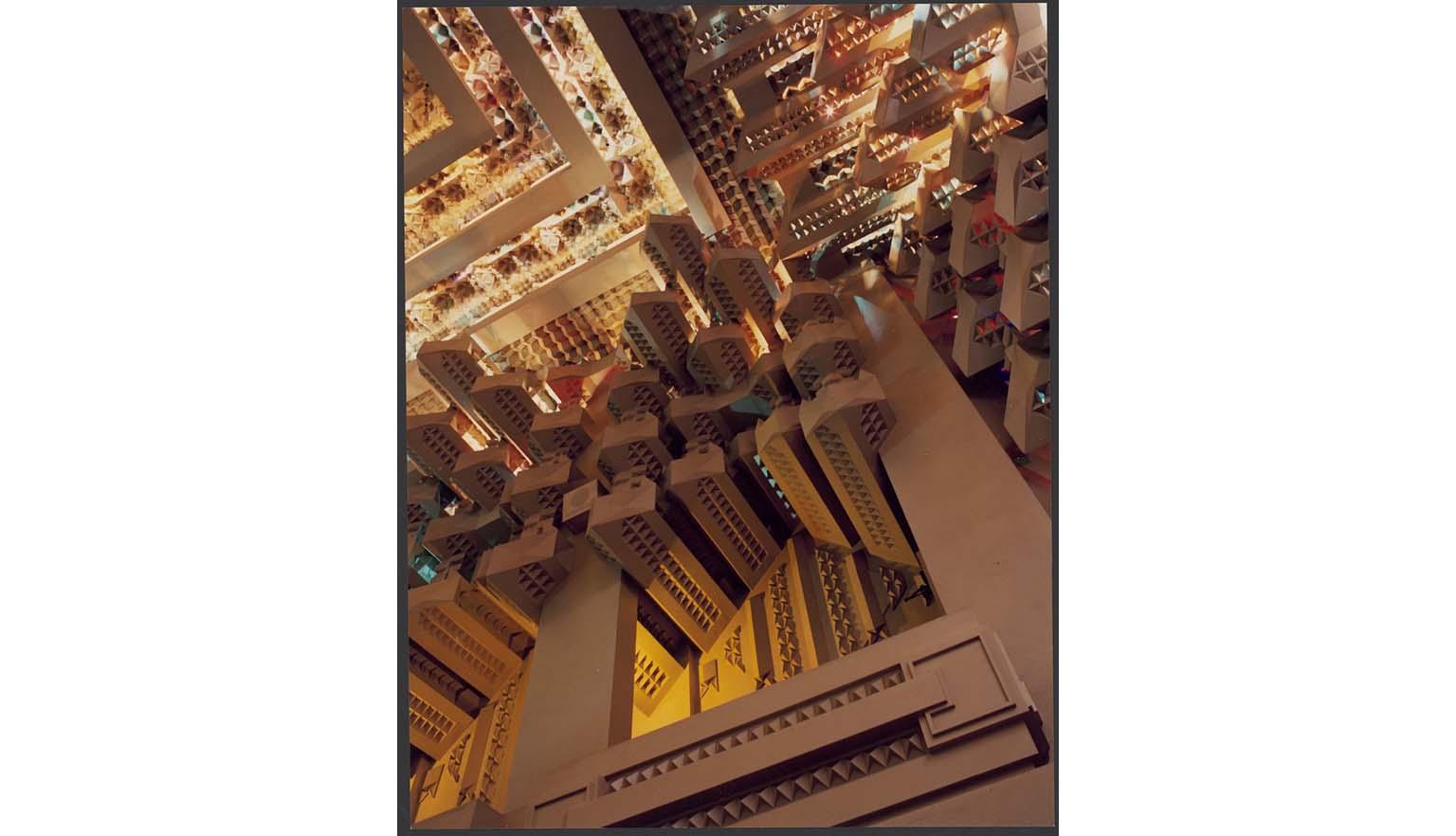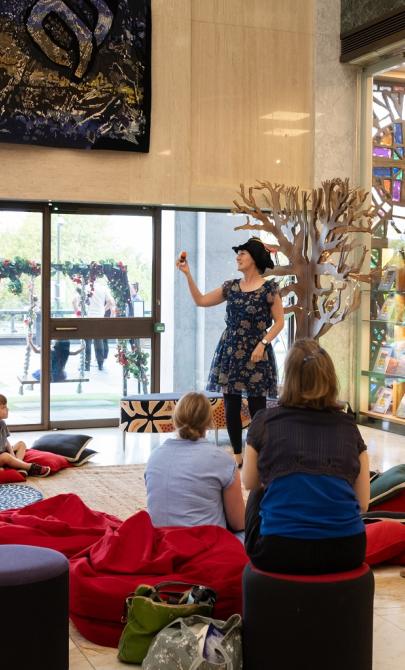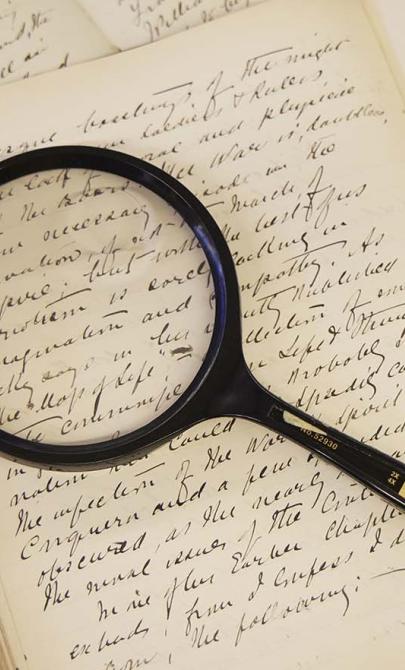Documenting modernity
Industrial innovation
Exporting coal to Japan commenced in 1955, and by 1967 Australia had converted from the English pound to the Australian dollar as the national currency.
High population growth, high employment and high government spending led to higher education and saw Australian society become richer during the 1950s and 1960s. Driving this change was the growth and performance of Australia’s primary industry, particularly in the minerals and mining sector.
Wolfgang Sievers saw this transformation and documented the scale and transformation of this industry.
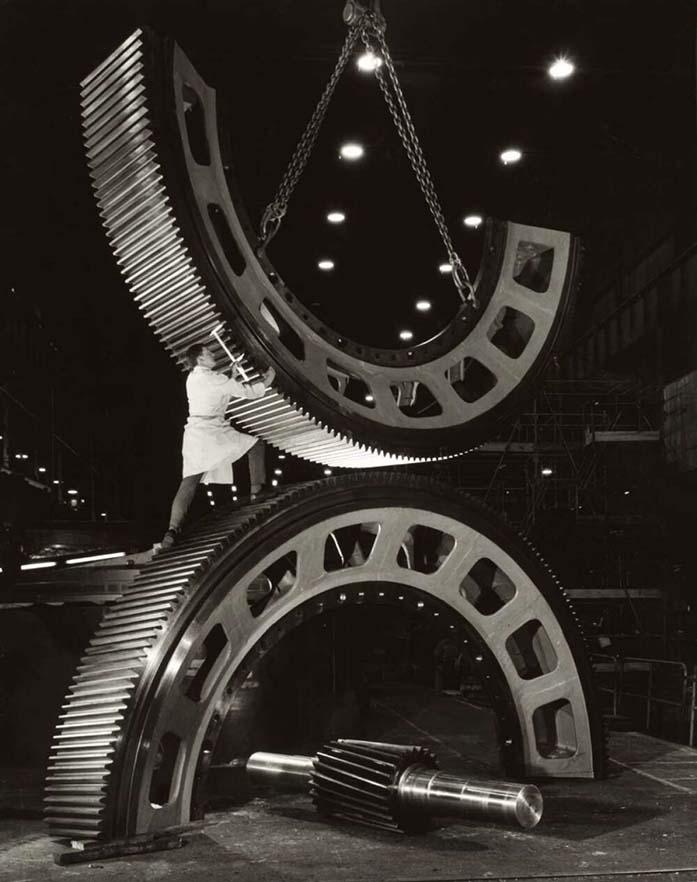
Wolfgang Sievers, The gears gears for the mining industry, Vickers Ruwolt, Burnley, Melbourne, 1967, nla.gov.au/nla.obj-136505226
Wolfgang Sievers, The gears gears for the mining industry, Vickers Ruwolt, Burnley, Melbourne, 1967, nla.gov.au/nla.obj-136505226
Mining inspiration
Over several years, Sievers travelled around Australia, documenting the scale and growth of mining and associated industries, which were seen as vital for Australia’s prosperity. Places documented by Sievers included:
- Blair Athol and Moura coal mines in Queensland
- Comalco bauxite mine at Weipa, Queensland
- Conzinc uranium mine at Rum Jungle, Northern Territory
- Hamersley Iron mines at Dampier and Tom Price, Western Australia
- Groote Eylandt manganese mining, Northern Territory
- Mount Isa copper, lead, zinc and silver mines, Queensland
- Mount Lyell copper mine, Tasmania
- North Broken Hill lead mine, New South Wales
- Solar salt mining near Dampier
Additional inspirations
Other subjects photographed by Sievers include:
- transportation and export of minerals
- Bass Strait oil rigs
- the Mobil oil refinery at Altona, Victoria
- the bauxite refinery at Gladstone, Queensland
- the Broken Hill Associated Smelters at Port Pirie, South Australia
- the nickel processing plant at Yabulu, Queensland
- the Electrolytic Zinc Corporation works at Risdon, Tasmania.
One of Sievers’ most well-known photographs, Gears for the mining industry (1967), symbolises Australia's industrial strength. The image shows the relationship between man and machine—central to Sievers' photographic style. It was later featured on a postage stamp in 1991 to celebrate 150 years of photography.
Sievers once said:
I thought I might be able to create a symbolic photograph of Australia’s engineering skills, to show the world outside that Australia was not merely a continent of raw materials.
The cost of progress
Later in his career, Wolfgang Sievers struggled with the ethics of producing staged, sanitised and glamorised portrayals of industry and businesses, designed to promote those industries in advertisements and promotional material.
It was clear that some industries impacted on the Australian environment in a negative way, such as large-scale mining and cattle grazing. Sievers’ images invariably excluded the very real impacts of such industries on the environment:
I am quite aware of the moral problems confronting a responsible photographer in industry … Should he use his skills to hide the terrible pollution and despoliation of our country - as I have? In creating beautiful images I have glamorised industries which have often been heedless of their sacred trust to use resources wisely and take care in the interest of future generations. In my defence, so far, I have found no valid answer to these problems.
Modern living
In addition to his industrial work, Sievers documented the work of Australia’s emerging modernist interior designers and architects. Between 1946 and 1973, he carried out photographic work for leading Melbourne architectural firms such as Robin Boyd and Yuncken Freeman.
Hotels
An example of the ‘modern dream’ is portrayed in Sievers’ ‘richly coloured and beautifully structured’ images of new Australian hotels in places such as Brisbane, Toowoomba and Melbourne.
Public spaces
When Sievers arrived in Melbourne in 1938, there were few modern buildings to photograph. This meant that he was able to document new buildings as they were constructed. Specific examples include many public-use buildings, including the National Gallery of Victoria, the Sidney Myer Music Bowl and buildings being constructed at Monash University.
In Australia, the modernisation of architecture could be seen in floor-to-ceiling windows and raked-style flat roofs; styles that became quintessentially Australian.
However, Sievers did spend time documenting older buildings throughout Australia.
The Capitol
He took interest in buildings that were unique in their design or architecture. One such example can be seen in his collection of photographs documenting the interior of The Capitol theatre in Melbourne. The theatre was designed by Walter Burley Griffin and Marion Mahoney Griffin and opened in 1924. It was one of the earliest examples of Art Deco interior design in a Melbourne public-use building.
The intricate design of The Capitol’s interior sits at odds with the clean lines of modernist design; however, Sievers’ images of the interior take a modernist approach and focus on the lines and angles within the space rather than the space itself.
Sievers’ work is a pictorial timeline showing Australia’s social, technological and industrial transformation. The Modern Australia depicted by Sievers was young, vibrant, highly domesticated and industrialised.
Learning activities
Activity 1: Australian architecture
What makes a building style ‘quintessentially Australian’? Explore styles such as the Queenslander and compare them to building styles in other parts of the world. For inspiration, use the learning webinar Finding the history of your house.
Activity 2: Industry change over time
Choose an Australian industry (e.g. mining, sheep farming, pearling). When did it start? How has it changed? Do we still rely on it?
Activity 3: Local connections
What industries shaped your local area or town? Research how they’ve influenced its development.
Activity 4: Research webinar
Use the Finding the history of your house webinar to explore local history and architecture.
